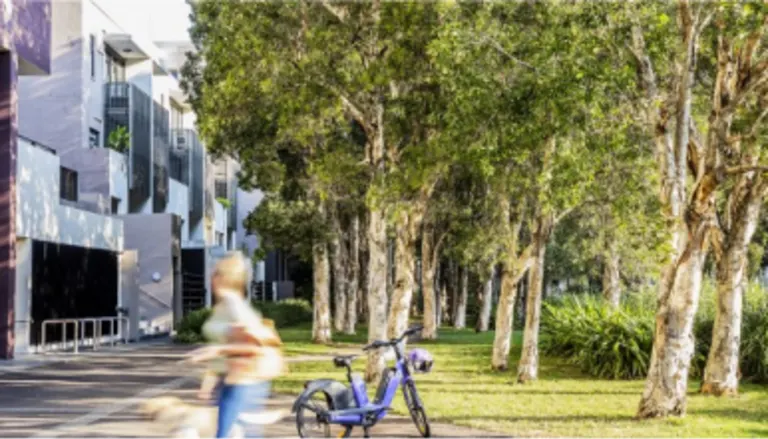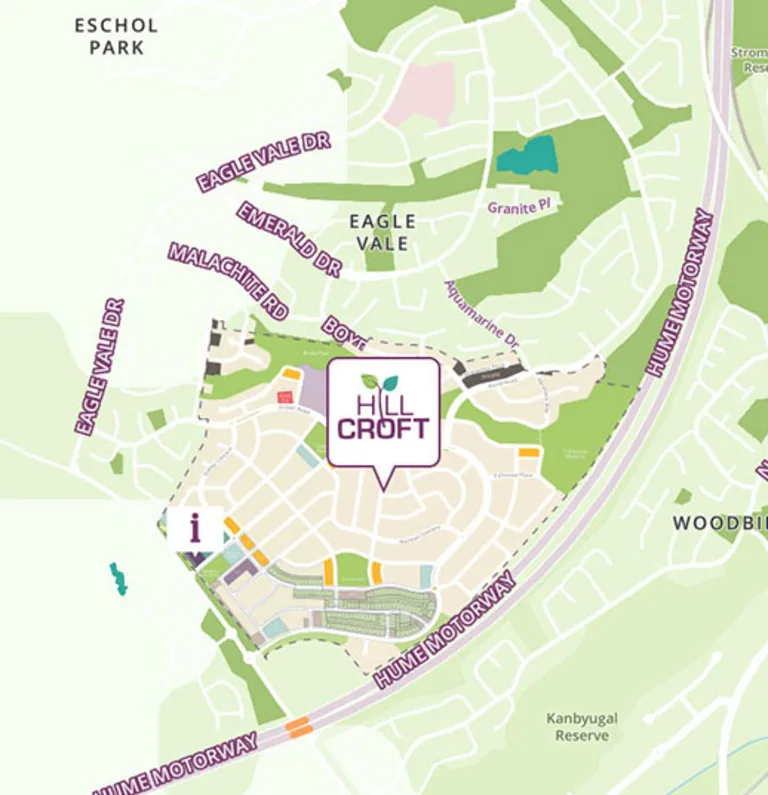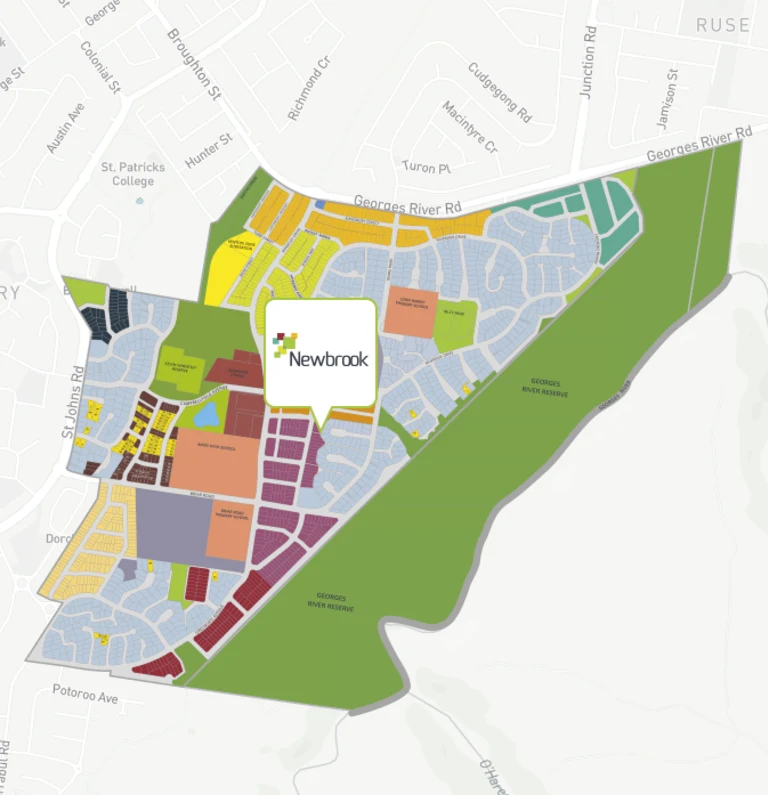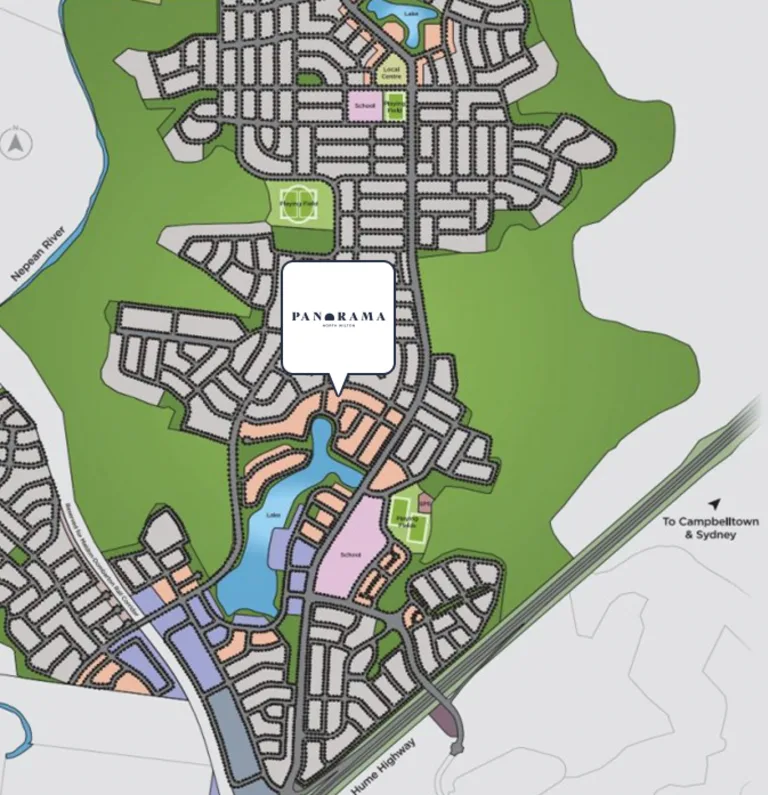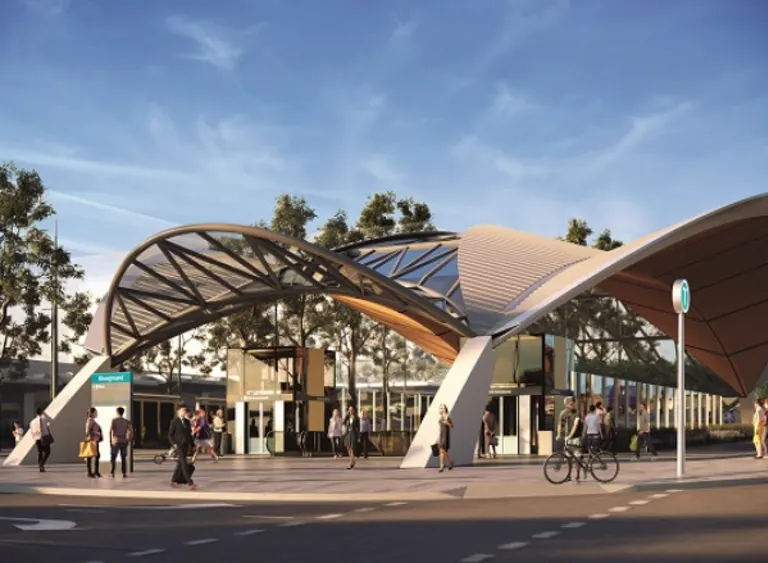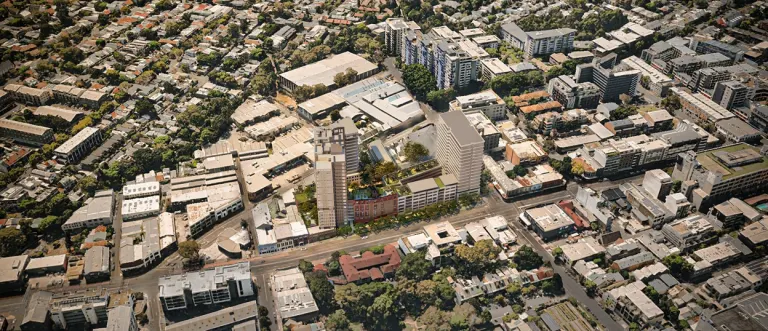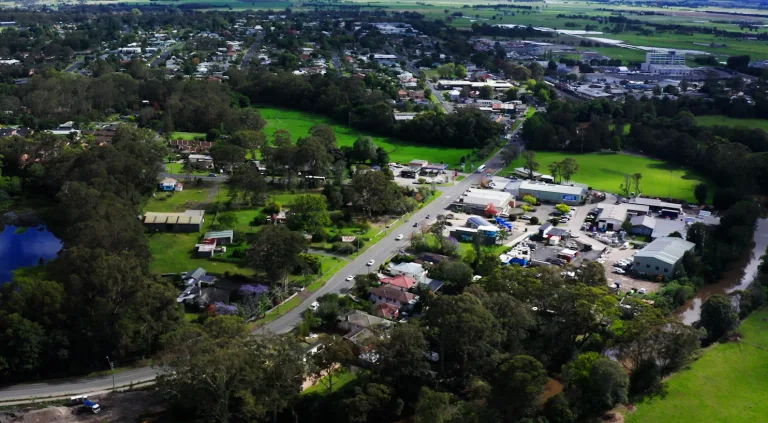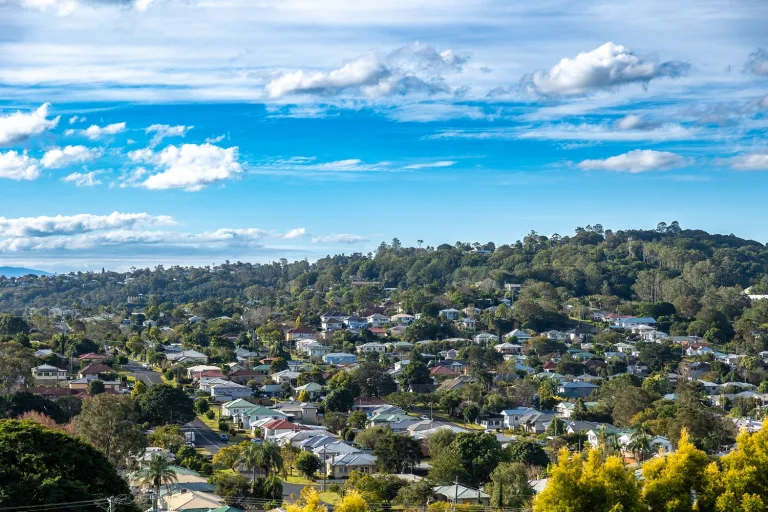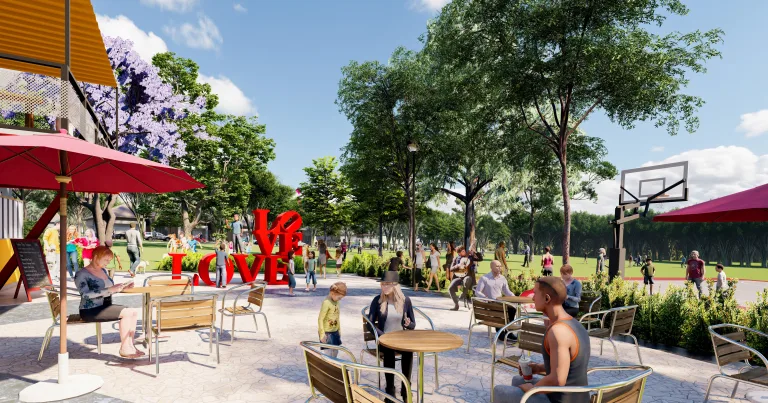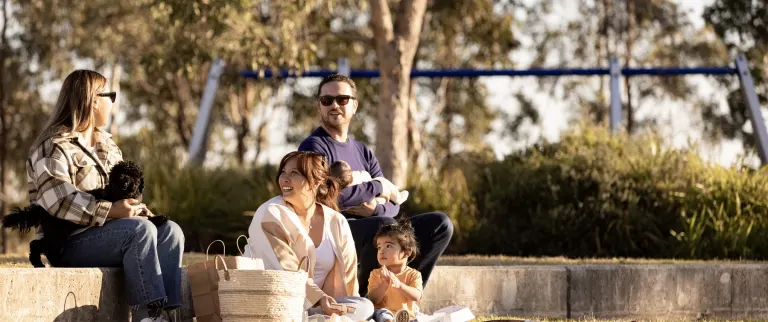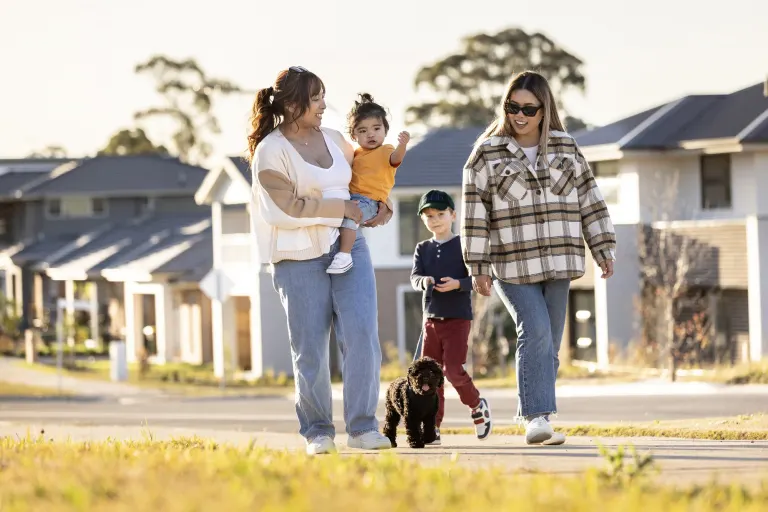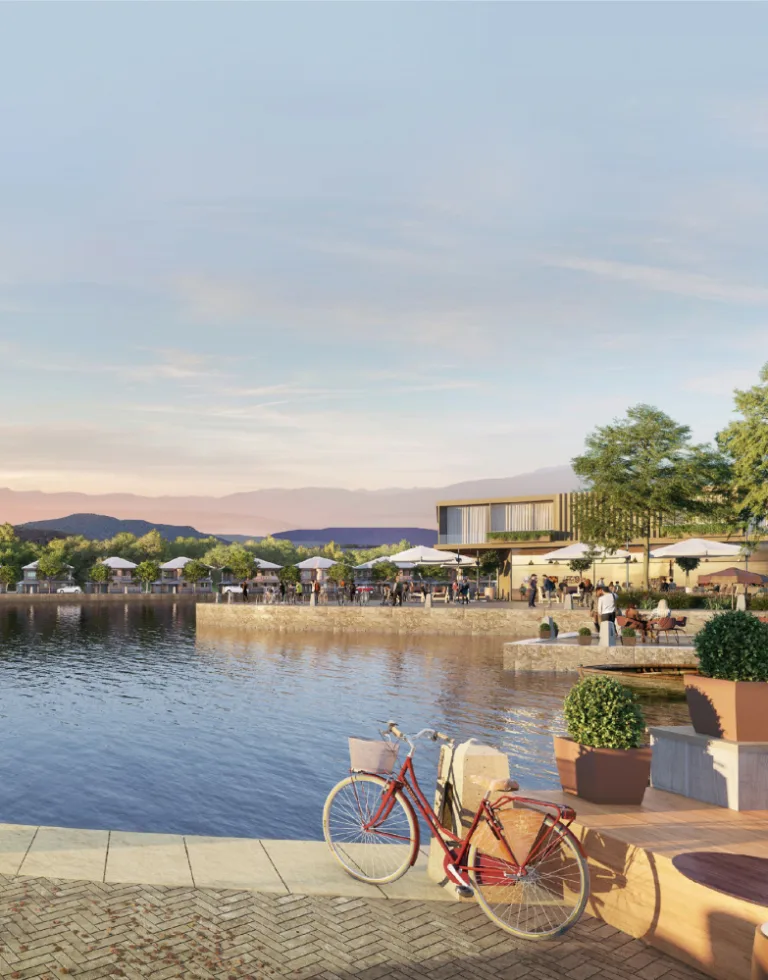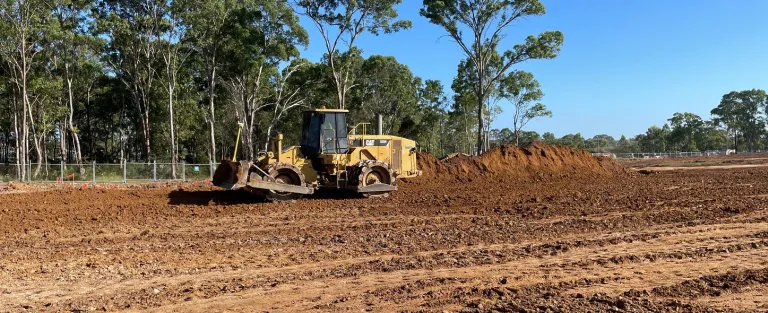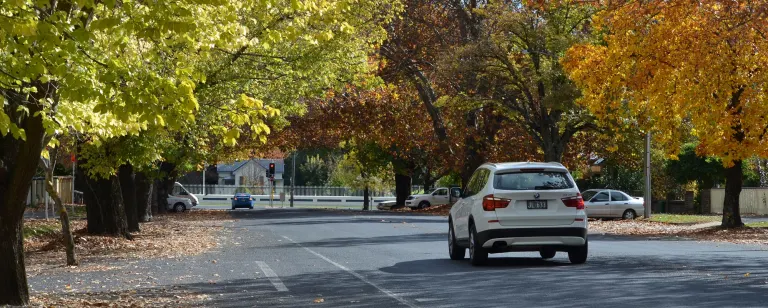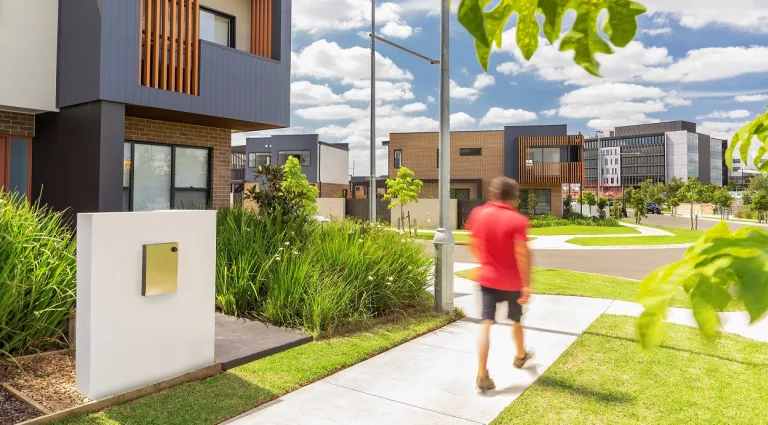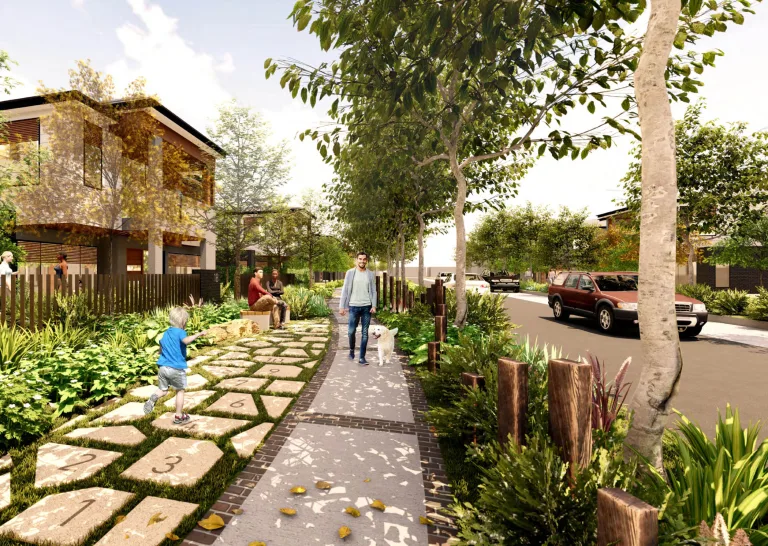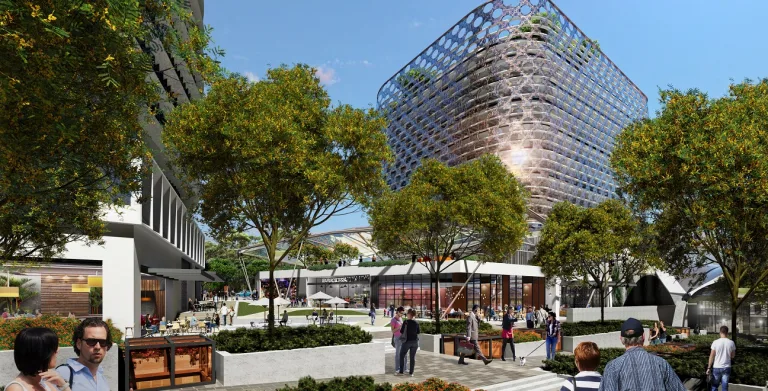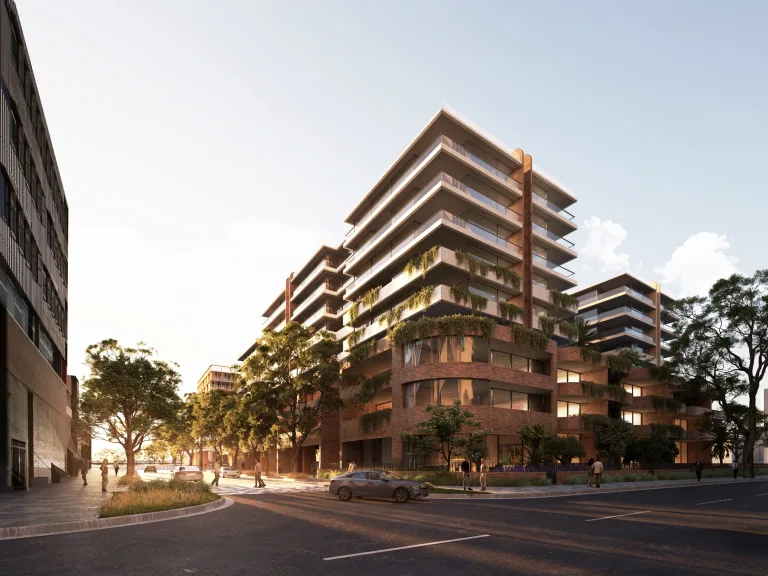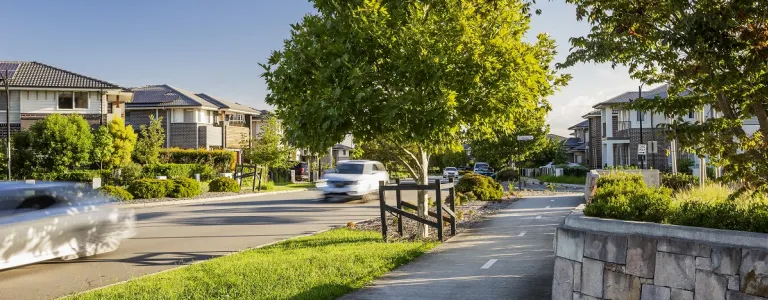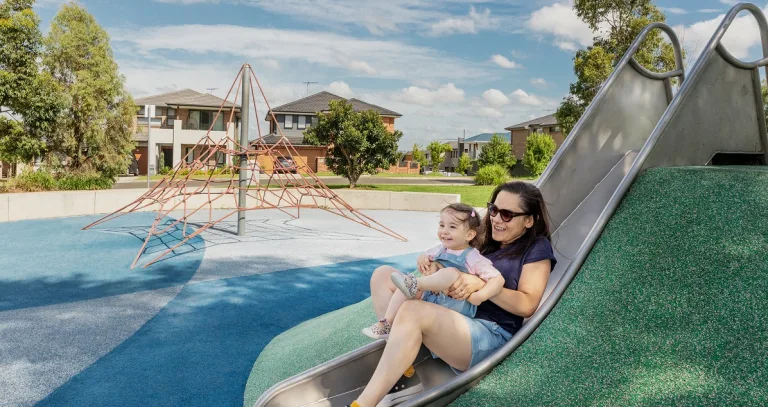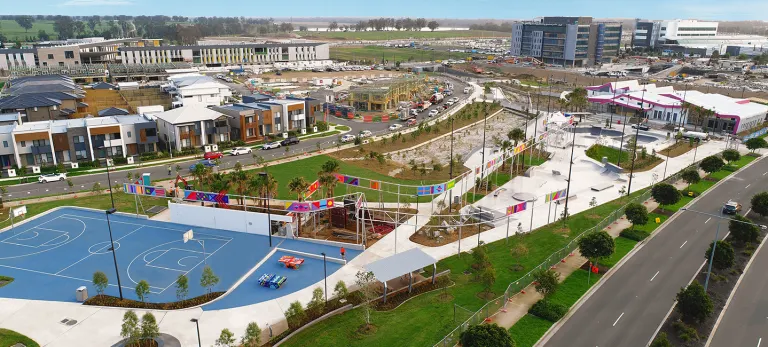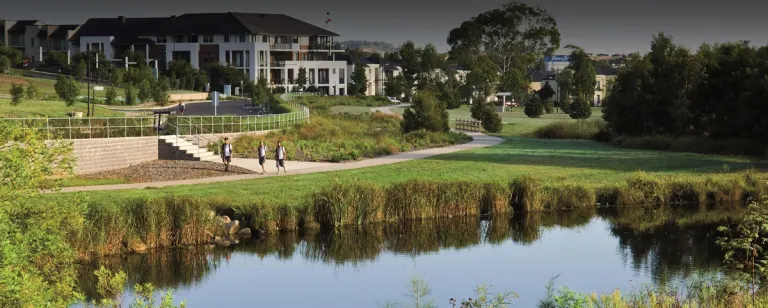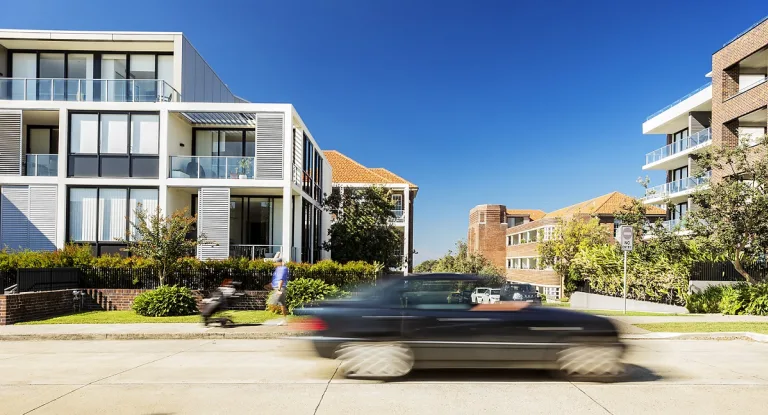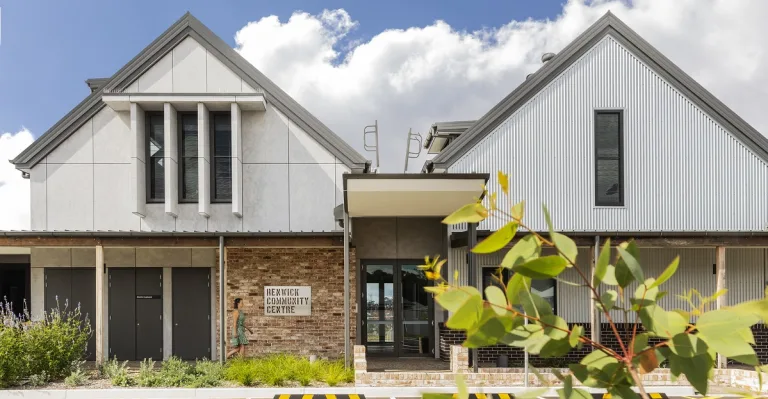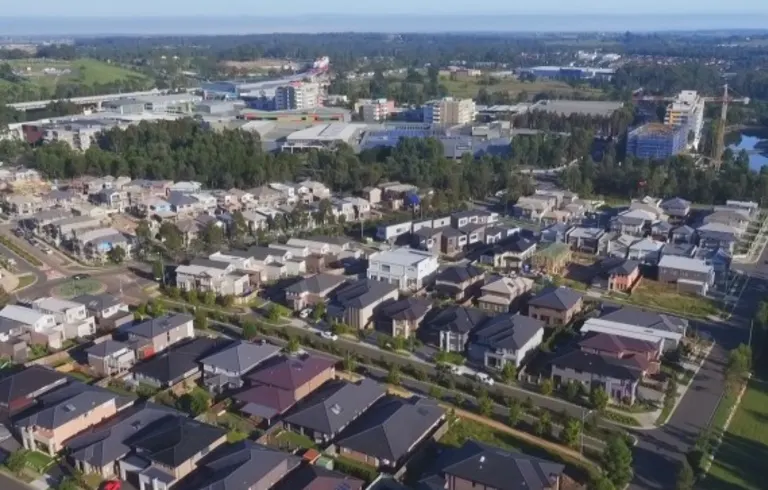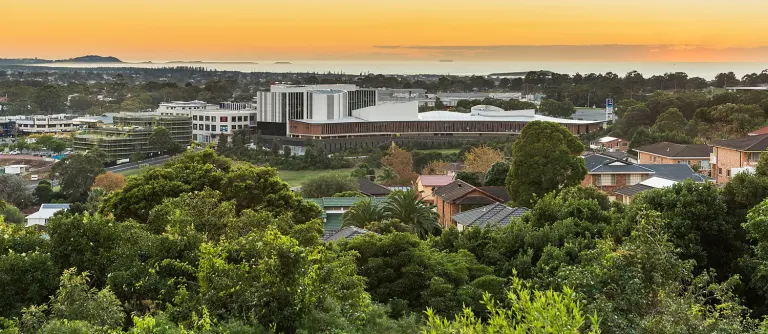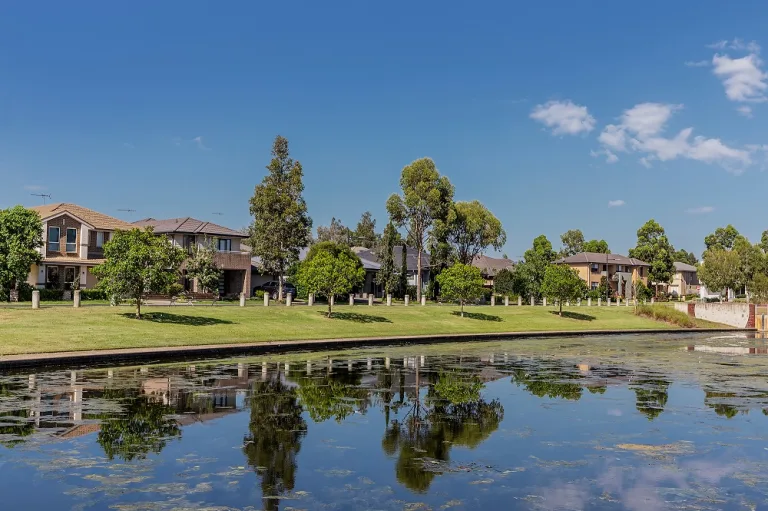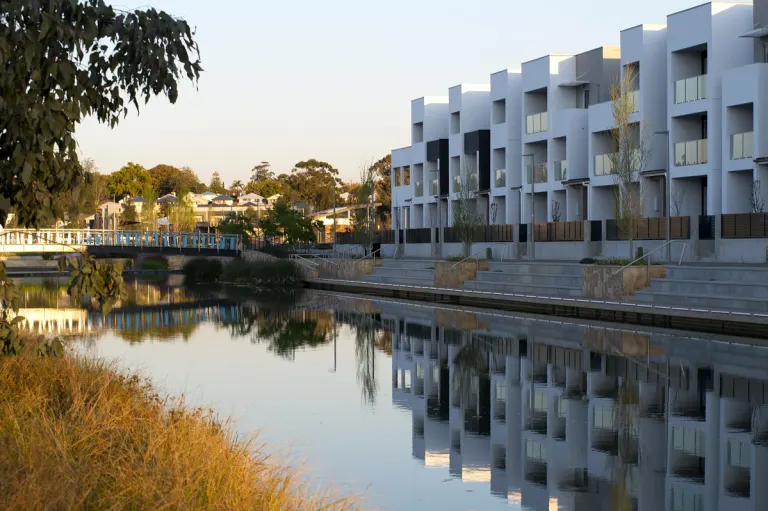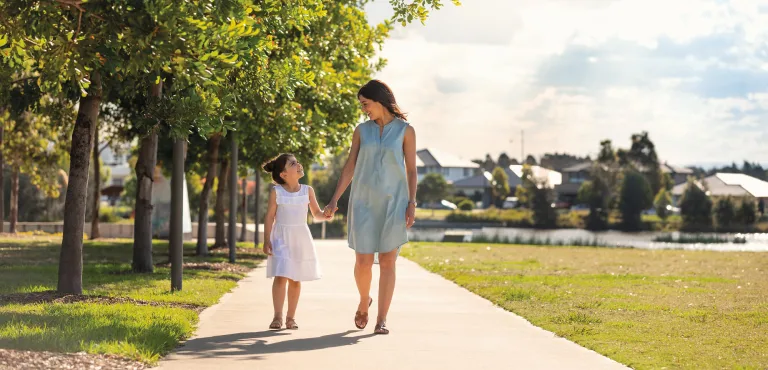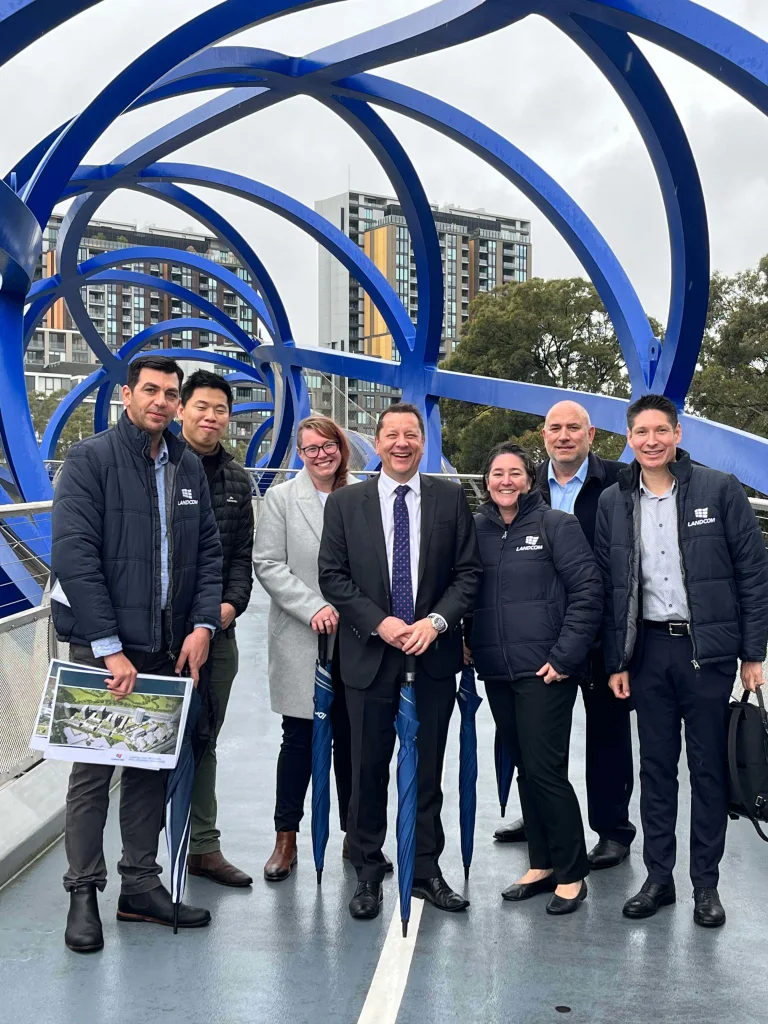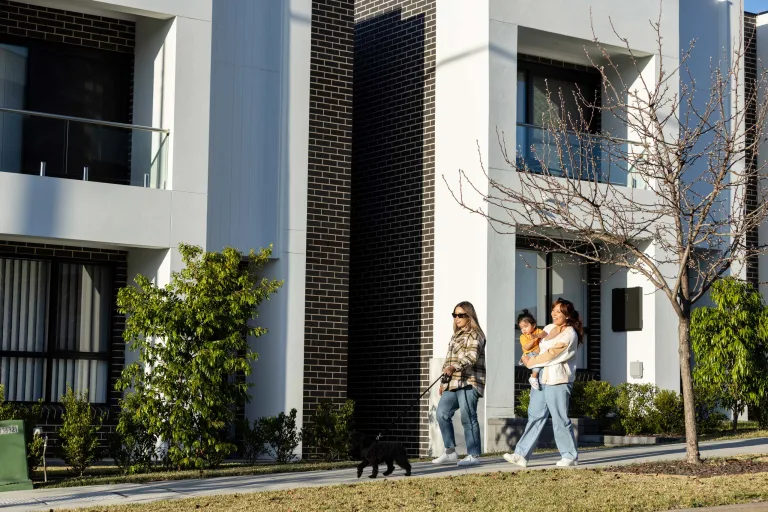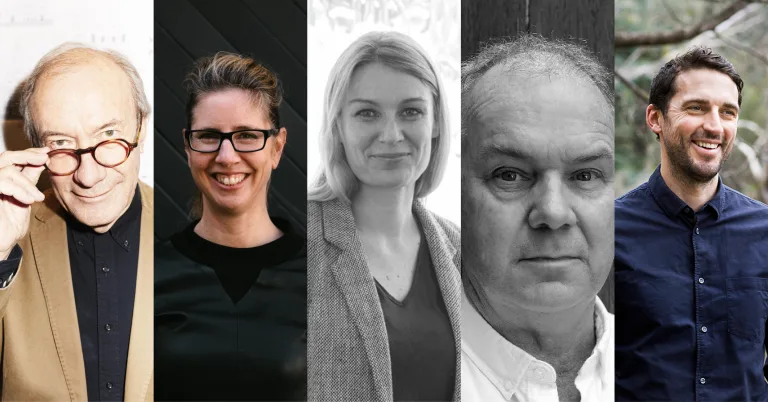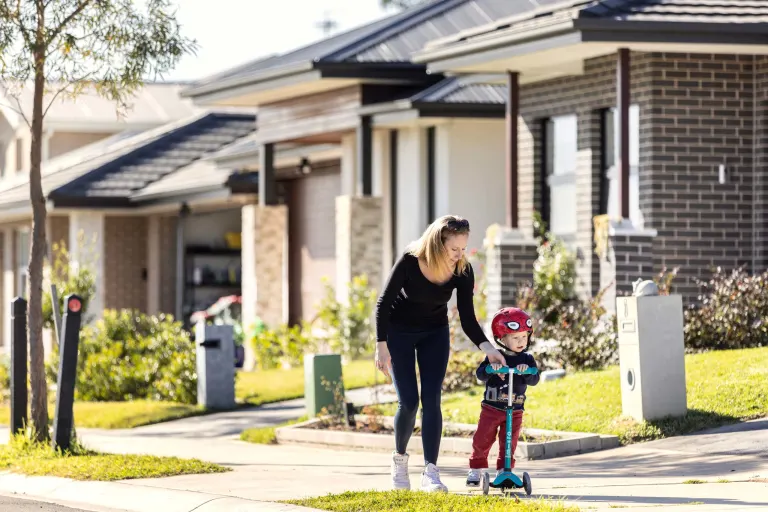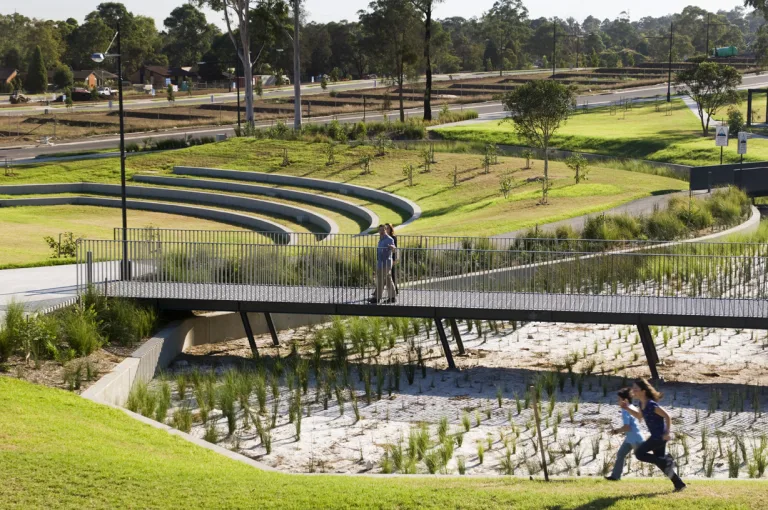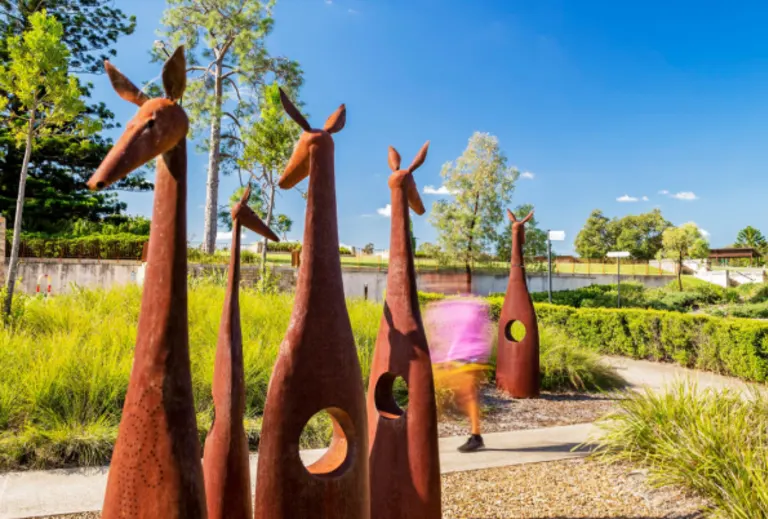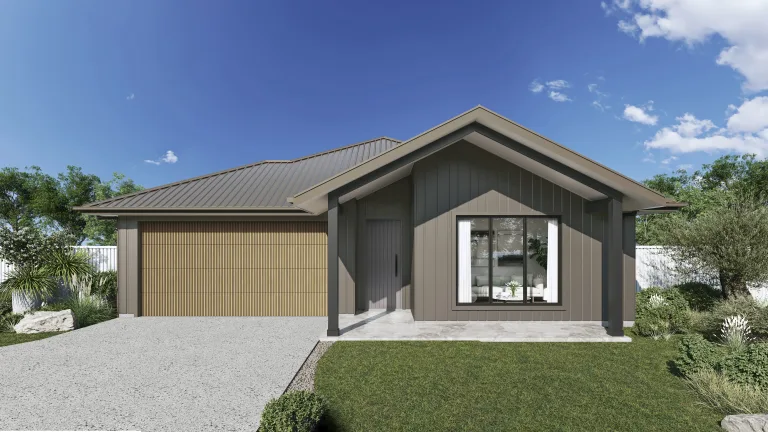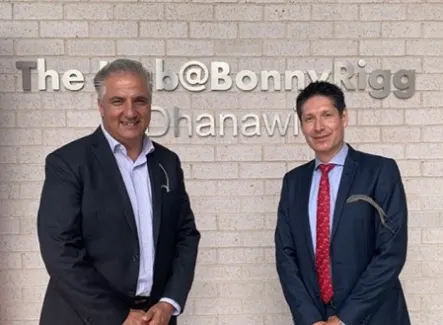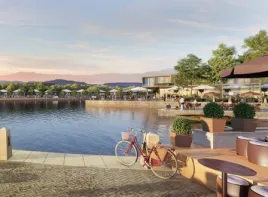
New resource to create cooler future cities
A new online resource will help local councils, planners and developers create cooler cities in a warming climate, especially in areas such as western Sydney where heatwave temperatures are expected to reach 50C by 2050.
The Cooling the Commons website offers a deck of more than 40 “patterns”, which describe key arrangements between social practices and physical infrastructure to support commons-based cooling, or the feeling of cool enabled by accessible, cool outdoor spaces used by the community.
The website is the result of a research collaboration on cool common spaces led by the University of Technology Sydney (UTS), the Institute for Culture and Society at Western Sydney University and Landcom.
The resource identifies patterns for cool commons that are based on real-world examples in Australia and across the world, rather than design solutions that may look exciting on paper but have not been tried and tested. Examples include well-known ideas such as shade and water features as well as novel ideas like designing daytime spaces for use at night.
“These patterns are not one-size-fits-all solutions,” says Abby Mellick Lopes, Associate Professor in Design Studies at UTS.
“This pattern deck is designed as an informative tool to support the best possible outcomes through collaborative decision-making among stakeholders.
“The deck represents strategies and resources we identify as necessary to ensure liveability in both new and renewing neighbourhoods into the future. Developed to be an interactive resource, it will evolve over time as professionals use it and give us their feedback.”
Associate Professor Lopes says Accessible Water, such as splash pools or misting, is an example of a pattern that promotes the integration of water for play, drinking and cooling into the public domain, to enhance space cooling through contact with water. In low humidity, peak ambient temperatures can be reduced by 3C to 8C.
“Accessible Water is an important element of the built environment, enabling people to move comfortably out and about on hot days or nights and it is a way to enhance the quality of outdoor play spaces, particularly during summer,” says Associate Professor Lopes.
Lauren Kajewski, Director of Sustainability and Learning at Landcom, says the collaboration between UTS, Western Sydney University and Landcom is the kind of partnership that will shape innovative and sustainable communities.
“Landcom has a strong commitment to collaborate with universities and industry partners through our Roundtable, so that academia and the development industry can work with, and learn from, each other. This enables us to create better outcomes for our communities as well as to inspire the rest of industry. This pattern deck is a perfect example of such an impact.”
About The University of Technology Sydney (UTS)
UTS is located in central Sydney, and is one of Australia’s leading universities of technology. It is known for fusing innovation, creativity and technology in its teaching and research and for being an industry-focused university. UTS has a total enrolment of over 40,000 students and is rated No.1 ‘young’ university in Australia in both the QS and Times Higher Education rankings. For more information go to uts.edu.au.
About Landcom
Landcom is the NSW Government’s land and property development organisation. We are a State Owned Corporation working with government and the private and not-for-profit sectors to deliver exemplary housing projects that provide social and economic benefits to the people of NSW. Landcom helps the NSW Government achieve its urban management objectives by taking a lead role in improving the supply, diversity and affordability of new housing. Our mission is to create more affordable and sustainable communities.
About the Institute for Culture and Society at Western Sydney University
The Institute for Culture and Society researches transformations in culture and society in the context of contemporary global change. It champions collaborative engaged research in the humanities and social sciences for a globalizing digital age. Through innovative interdisciplinary research, the Institute is committed to making a positive difference in the world and aims to contribute to the understanding and shaping of contemporary local and global life.
Media inquiries
Associate Professor Abby Mellick Lopes
E: abby.mellicklopes@uts.edu.au
Issued by:
UTS Media Office
M: +61 419 293 261
E: newsroom@uts.edu.au
